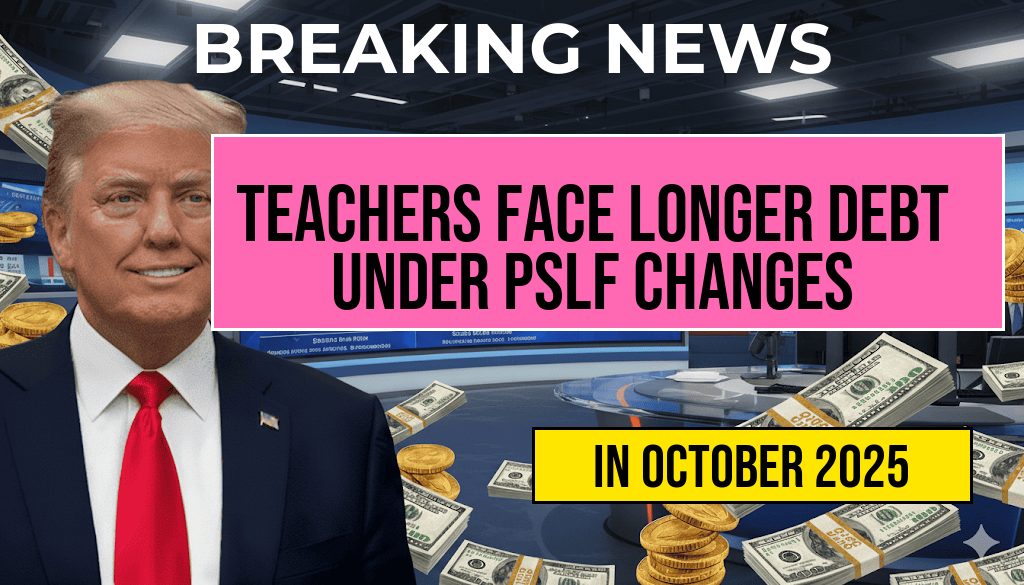As the Federal Reserve considers selling off $1.6 trillion in loans, analysts are raising concerns about the potential impact on annual interest costs for borrowers across the country. The move is part of an ongoing effort to manage the Fed’s balance sheet and curb inflation, but it may lead to an increase in borrowing costs that could strain household budgets and corporate finances alike. With inflation remaining a persistent issue, the implications of such a significant asset liquidation could reverberate through the economy, affecting everything from mortgage rates to business loans. Industry experts are closely monitoring the situation, weighing the short-term benefits against the long-term consequences of this potential shift in monetary policy.
The Fed’s Loan Portfolio and Its Implications
The Federal Reserve’s loan portfolio has grown substantially in recent years, primarily due to measures taken during financial crises and the COVID-19 pandemic. This expansion includes various programs aimed at stabilizing the economy, such as the Paycheck Protection Program and emergency lending facilities. As these loans mature, the Fed now faces the decision of whether to sell off these assets or hold onto them longer.
Potential Outcomes of Selling Loans
- Increased Borrowing Costs: Experts predict that selling these loans could lead to higher interest rates. The Fed’s decision to divest is likely to alter market supply and demand dynamics, raising costs for consumers.
- Impact on Inflation: Selling off assets can tighten monetary policy, which may help in cooling inflation. However, if not executed carefully, it could also backfire and exacerbate economic slowdowns.
- Market Stability: Analysts suggest that a sudden influx of assets into the market could create volatility, making it difficult for financial institutions to adjust without creating ripple effects.
Economic Context and Interest Rate Trends
The current economic landscape is characterized by a delicate balance between growth and inflation. The Federal Reserve has already raised interest rates multiple times in an effort to combat rising prices. According to recent data from the Forbes, the average interest rate for a 30-year fixed mortgage has climbed significantly, impacting home affordability and buyer confidence.
Should the Fed proceed with selling the $1.6 trillion in loans, the anticipated increase in interest rates could further strain borrowers. Households may find themselves facing higher monthly payments, while businesses could see increased costs of capital, potentially stunting economic growth.
Historical Precedent and Lessons Learned
Historically, the Federal Reserve has faced criticism for its asset management strategies. The last major liquidation of assets occurred in the wake of the 2008 financial crisis. Analysts argue that lessons learned from that period should inform current decisions. Back then, a rapid sell-off led to significant market disruptions.
As the Fed contemplates its options, it must weigh the potential benefits of reducing its balance sheet against the historical context of its previous actions. Market analysts emphasize the importance of a gradual approach, advocating for careful monitoring of economic indicators to avoid unintended consequences.
Key Considerations Moving Forward
- Monitor Inflation Rates: As the Fed considers its options, inflation trends will be crucial in determining the timing and scale of any asset sales.
- Communication with the Market: Transparency in the Fed’s decision-making process can help alleviate market anxiety and provide stability.
- Impact Assessment: Continuous evaluation of the impacts on various sectors will be necessary to gauge the effectiveness of the Fed’s actions.
Conclusion: A Balancing Act
The potential sale of $1.6 trillion in loans represents a significant decision for the Federal Reserve, with far-reaching implications for interest rates and the overall economy. As the Fed navigates this complex landscape, the balance between curbing inflation and supporting economic growth will be critical. Stakeholders from households to large corporations will be watching closely, as the effects of these decisions unfold in the coming months.
For further reading on the implications of Federal Reserve policies, visit Wikipedia for a comprehensive overview.
Frequently Asked Questions
What is the significance of the $1.6 trillion in loans being sold by the Feds?
The sale of $1.6 trillion in loans by the Federal Reserve could significantly impact the financial market, potentially increasing annual interest costs for consumers and businesses alike.
How could this sale affect interest rates?
The sale may lead to a rise in interest rates as the market adjusts to the removal of these loans, which could result in higher borrowing costs for various loans, including mortgages and personal loans.
Who will be most affected by rising interest costs?
Consumers looking to take out loans, as well as businesses relying on credit, could face higher interest expenses due to the increased rates triggered by the sale of these loans.
What are the potential broader economic implications of this policy?
If interest costs rise significantly, it could lead to a slowdown in economic growth, as both consumer spending and business investments may decline due to the higher cost of borrowing.
Are there any alternatives to selling these loans?
Rather than selling the loans, the Federal Reserve could consider other strategies, such as holding the loans longer or restructuring them, to mitigate the potential rise in interest rates and associated costs.





